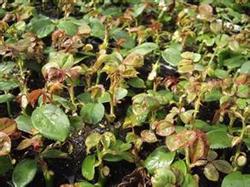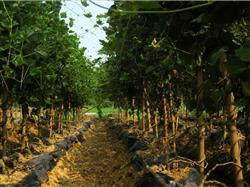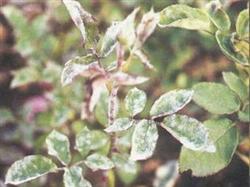Breeding and cultivation techniques of Rose

The breeding methods of roses: the breeding methods of roses can be divided into sexual breeding and asexual breeding. The main cultivated varieties in production, such as Pingyin double red rose, Fenghua rose and purple rose, all adopt asexual breeding. Asexual breeding includes ramet, root burying, grafting and tender wood cutting, and grafting breeding is the most widely used. 1. Grafting time: before the rose sprouting in the middle of March in early spring, the axillary bud formation of rose in July and August in summer and the stopping growth of rose in the middle and late September of Mid-Autumn Festival can be carried out, but the grafting time in early spring is short and the survival rate is low, so the grafting time is mainly in July and August in summer. 2. Selection and cultivation of rootstocks: red Sister, modern rose and western rose were selected as rootstocks with strong grafting affinity, high survival rate, fast growth after planting and high yield. Rootstock cuttings can be carried out in spring, summer and autumn, among which mid-September to mid-October is the best. Select the fully developed rose branches with a diameter of more than 0.5 cm in the same year, cut them into 15-20 cm cuttings, and cut the lower end into a horseear-shaped slope. According to the plant spacing of 10-15 cm, row spacing of 20-30 cm, inserted in the application of sufficient base fertilizer, leveling and deep turning of the seedling bed, the depth of exposure to the ground 1 big 3 is appropriate, after insertion, full bottom water. 3. Grafting and management are mainly carried out by bud grafting. The full buds in the middle and upper part of the germinated rose branches can be grafted by "single open door", "double open door", "t shape" and so on. "single door" and "t-shaped" are suitable for thicker rootstocks. Then first peel off the base of the rootstock acupuncture, 3-5 cm from the ground at the opening, the size of the opening had better be the same as the bud size. Under suitable conditions, it can heal in the following 7 days, and release the binding substance when the buds germinate in 10-15 days, and it is easy to produce "budding" phenomenon prematurely. After the buds are completely healed, the rootstock can be cut, and the rootstock buds are often wiped off in time to facilitate bud grafting and growth.
- Prev

High-yield cultivation techniques of Pueraria lobata
Kudzu powder, a mountain plant known as "Asian ginseng" for both medicine and food, is expected to become the sixth largest food crop in the world within five years, and the global demand for kudzu powder will reach 50 million tons per year (nearly 10 million mu of open arable land), experts from the World Food and Agriculture Organization and other authoritative institutions predict. After China's entry into WTO, doctors at home and abroad.
- Next

Prevention and Control of Common Diseases of Rose
There are four common diseases of rose, such as powdery mildew, black spot, root cancer and branch blight, although other diseases such as exposure fungus, rust and anthracnose are occasionally found. And so on, but not as serious as the first four diseases. The symptoms and prevention methods are described as follows: rose black spot disease is a shield.
Related
- Fuxing push coffee new agricultural production and marketing class: lack of small-scale processing plants
- Jujube rice field leisure farm deep ploughing Yilan for five years to create a space for organic food and play
- Nongyu Farm-A trial of organic papaya for brave women with advanced technology
- Four points for attention in the prevention and control of diseases and insect pests of edible fungi
- How to add nutrient solution to Edible Fungi
- Is there any good way to control edible fungus mites?
- Open Inoculation Technology of Edible Fungi
- Is there any clever way to use fertilizer for edible fungus in winter?
- What agents are used to kill the pathogens of edible fungi in the mushroom shed?
- Rapid drying of Edible Fungi

